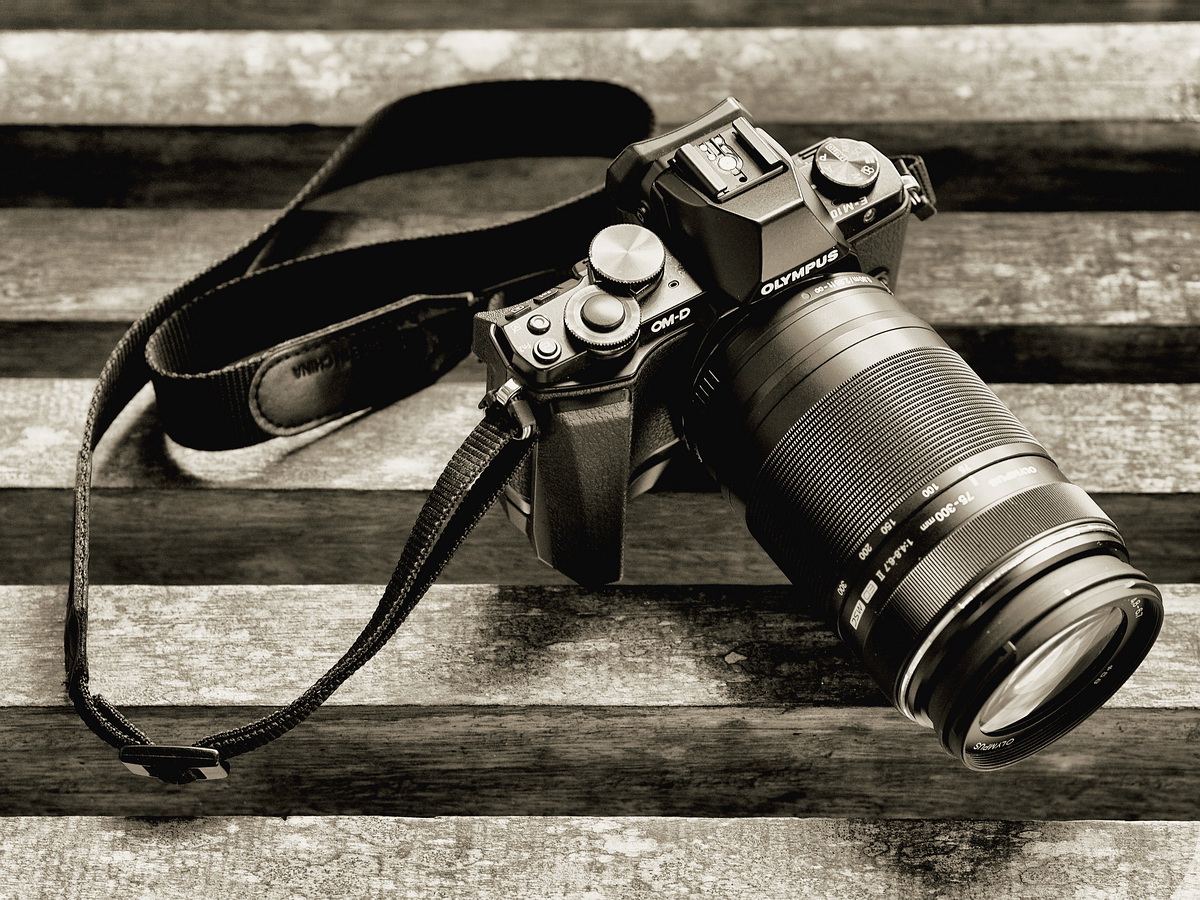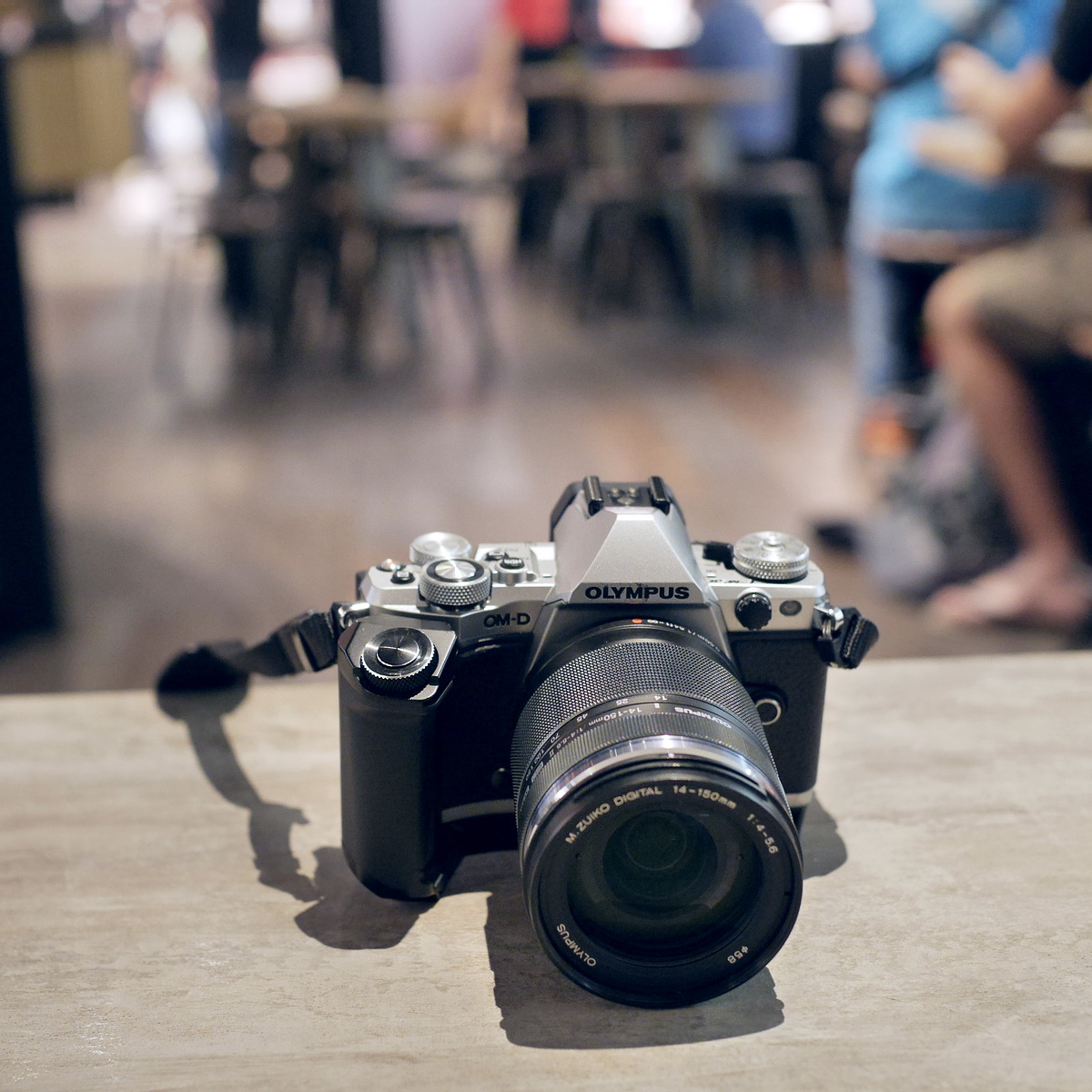I do find it strange that when one camera outperforms another in one or two specific area suddenly the camera with lower specification is considered inferior. This case is particularly true for high ISO comparisons between cameras, and one of the most popularly discussed weakness of Micro Four Thirds system in general.
It is no secret that Micro Four Thirds has not matched or even surpassed what the current offerings of Full Frame cameras can do in terms of high ISO shooting. On the other hand, it has been proven again and again not just by me but also by many well-respected photographers and camera reviewers that the Micro Four Thirds system has come a long way, surpassing most APS-C cameras and matching even the best APS-C DSLR/Mirrorless cameras. The mentality that "more is better" has a strong grip on consumers, and sadly these days, "good enough is no longer good enough". Sufficiency has become outdated: camera and lens purchase decisions are now not based on what works and what is needed, but more biased toward what is bigger, better and faster. The Micro Four Thirds system suddenly seems so inadequate.
I am happy to hear the news that a newly developed sensor is being fitted into the just launched Panasonic Lumix GX8, and I am extremely excited because every single time there is a significant new sensor being introduced, you will notice a huge jump in image quality (high ISO especially). Think about the OM-D E-M5, using the first 16MP image sensor for Micro Four Thirds, versus the older 12MP sensor on PEN E-P3. It was a huge step upward and finally with that new E-M5 sensor, the gap between Micro Four Thirds and APS-C cameras are coming close to diminishing. Early reports and hands-on previews on the current Panasonic GX8 looks promising, and I wish it will bring about the same jump as seen previously in E-M5.
Unfortunately I do not have a GX8, and not even sure when this camera will arrive here in KL.
In this blog entry I shall be showing a few photographs taken with high ISO on the E-M5 Mark II
I have written lengthily about how to handle high ISO images with Olympus Micro Four Thirds system, if you have not read my guide please do so here (click).
All images were taken with Olympus OM-D E-M5 Mark II and M.Zuiko lenses
ISO3200, 25mm F1.8 lens
I can confidently shoot ISO3200 with the E-M5 Mark II. For the sake of having a cleaner image, I have applied Noise Filter "LOW" for this image instead of "OFF". For those of you being overly sensitive to seeing even that tiny bit of grain in the image, you can opt for Noise Filter "Standard or High", with compromise of useful fine details in the image. I find Noise Filter "LOW" to provide the best balance between suppressing noise and maintaining good overall sharpness when shooting high ISO.









